Day 4
Brasov - Tulcea - Danube Delta
Transfer from Brasov into the Dobruja region (situated between the Danube river and the Black Sea) to Tulcea, an important and ancient harbour, with Byzantine, Genovese, and Ottoman influences, considered to be the entry gate in the Danube Delta.
Leaving Tulcea you will be guided to the selected hotel (by bus/car/boat) in the Danube Delta.
Danube Delta, a World Cultural and Natural Heritage site, a UNESCO protected area is one of Romania’s leading tourism attractions and offers a completely different experience, compared with other European regions, for its travelers.
The accommodations in the Danube Delta comprise hotels, floating hotels, ships, rural pensions, villas, bungalows, hostels, holiday villages, camping sites, youth camps.
Each traveler will have the opportunity to enjoy the tours in the Danube Delta: fishing expeditions, birdwatching, itinerant tourism, discovery tourism, specialized trips, scientific trips, youth programs tourism, rural tourism, ecotourism, rest & relax tourism, kayak tours.
Dinner and acommodation
* Optional, en route short stop in Ploiesti (in the mid XIXth century the Ploiești region was one of the world's leading oil extraction and refinery sites), and visit of the Clock Museum, sheltering valuable exhibits from the XVIth century till nowadays.
 Authentic Romania
Authentic Romania Our Specials
Our Specials City Breaks
City Breaks




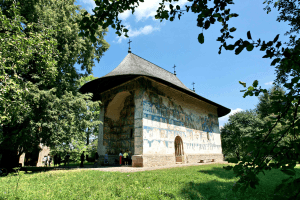
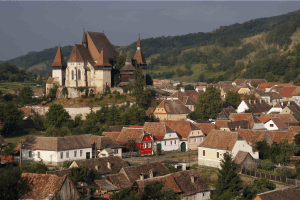
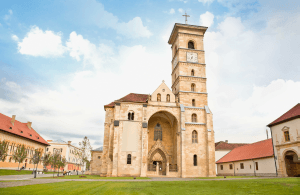
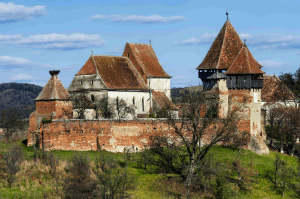
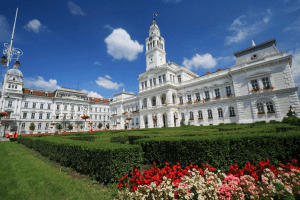
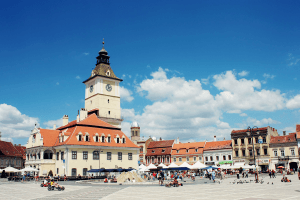
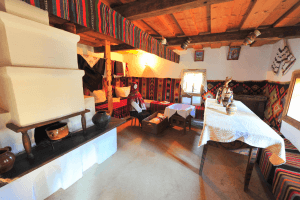
.png)
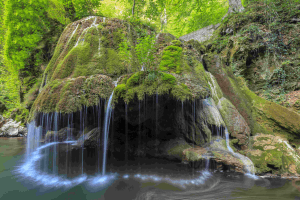
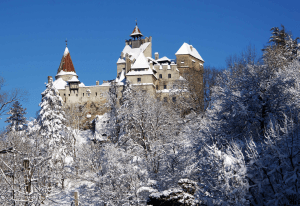
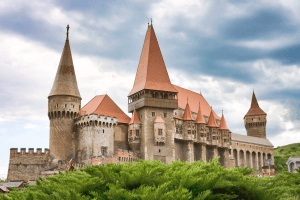
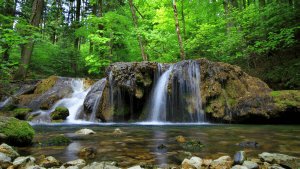
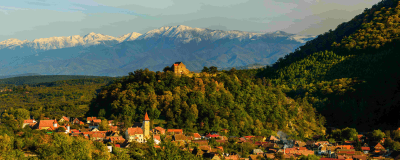
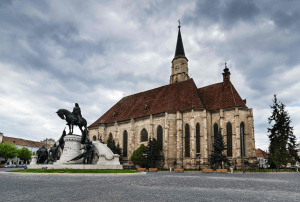
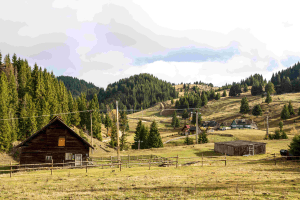
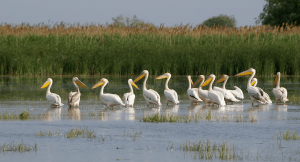
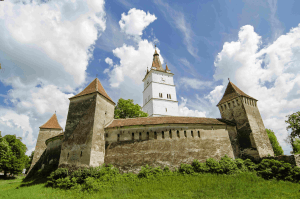
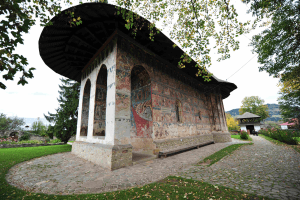
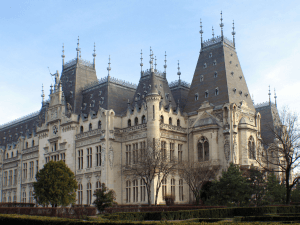
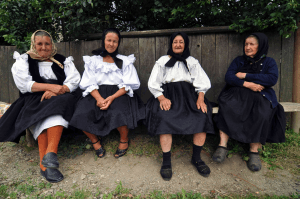
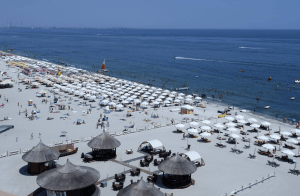
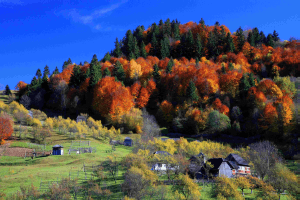
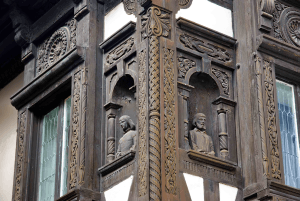
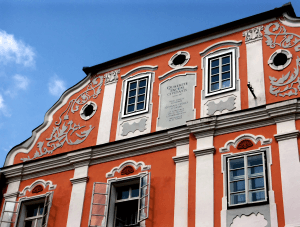
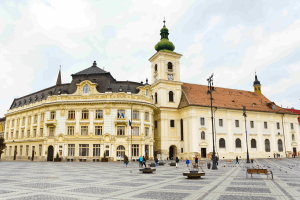
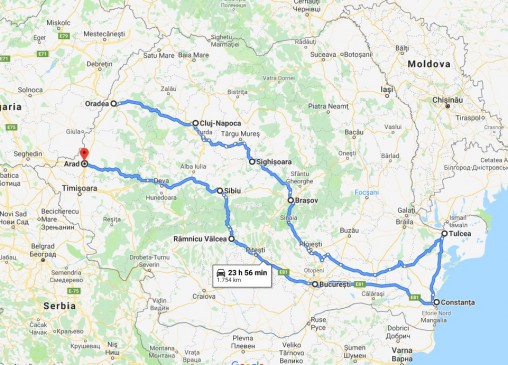
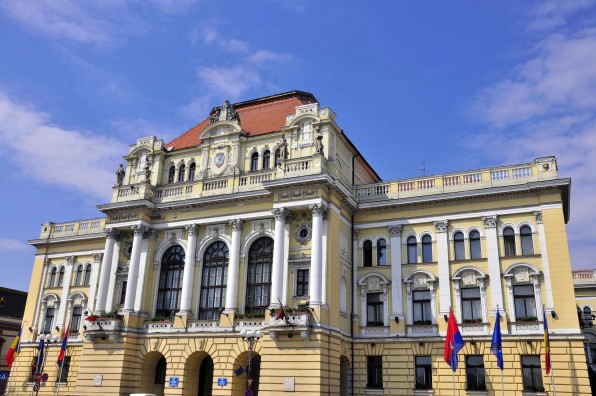





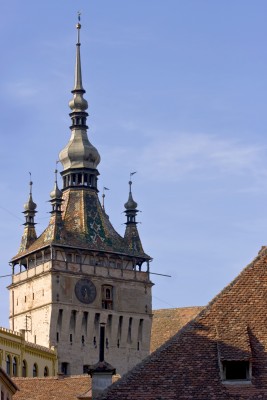





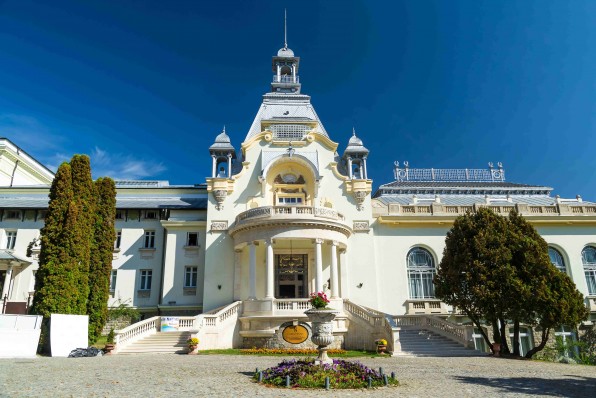





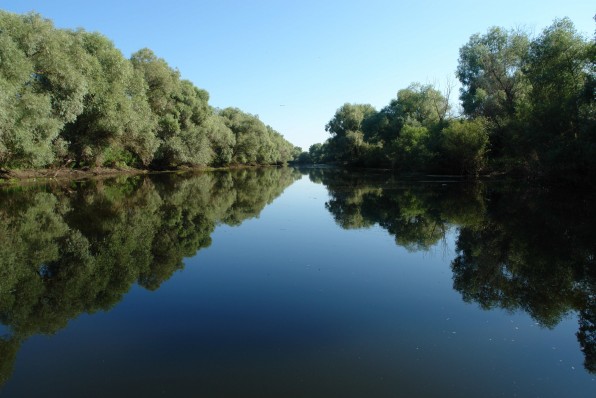





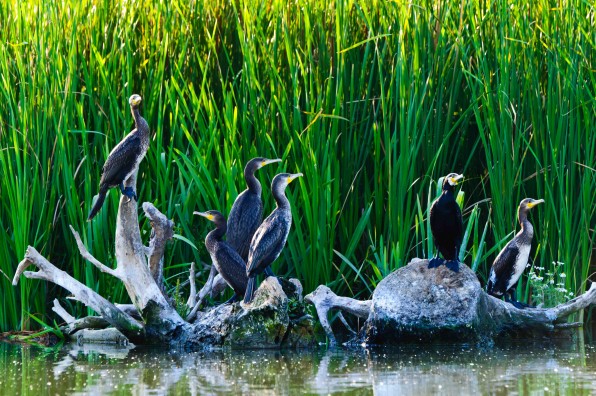





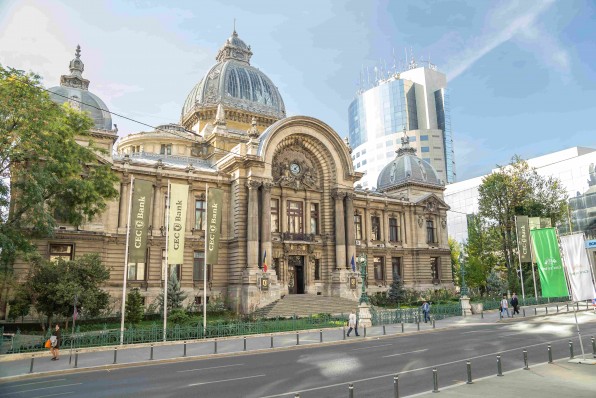





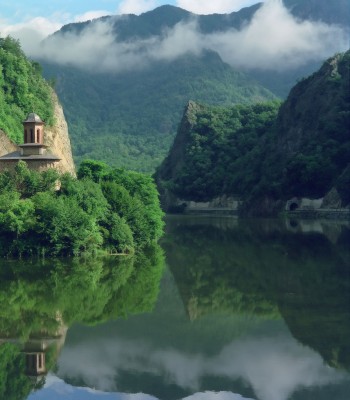





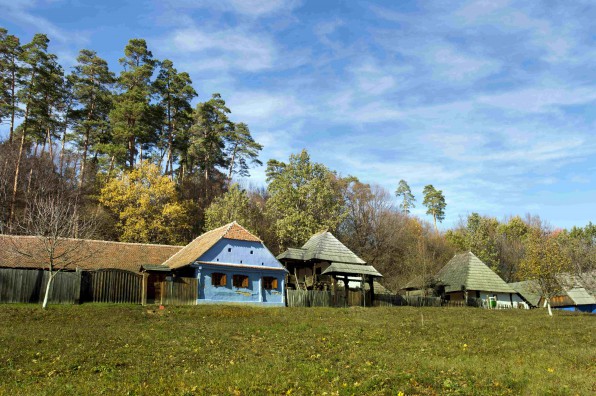





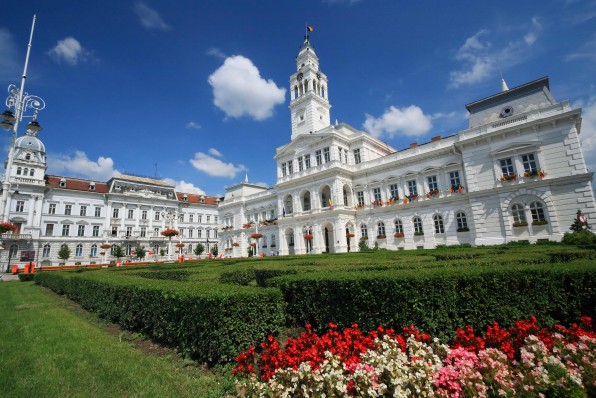





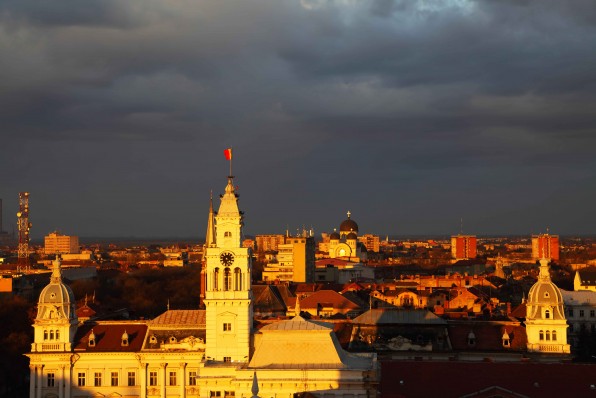
Add a comment